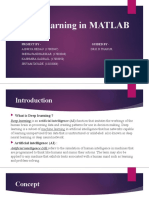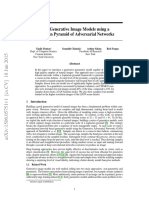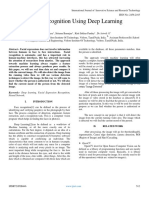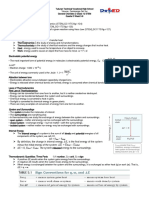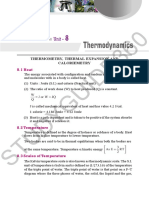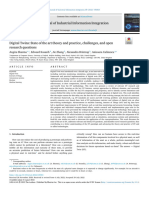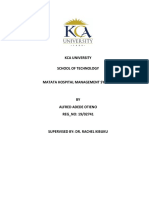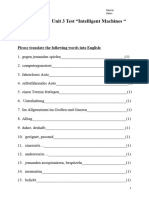0% found this document useful (0 votes)
155 views12 pages12.2 Computer Vision
The document discusses applications of deep learning in computer vision. It describes how computer vision is well-suited for deep learning research due to vision being easy for humans but difficult for computers. Common computer vision tasks aimed at replicating human abilities include object recognition, detection, image synthesis. Preprocessing techniques for computer vision with deep learning include contrast normalization, dataset augmentation which increases training data through transformations.
Uploaded by
nikhilsinha789Copyright
© © All Rights Reserved
We take content rights seriously. If you suspect this is your content, claim it here.
Available Formats
Download as PDF, TXT or read online on Scribd
0% found this document useful (0 votes)
155 views12 pages12.2 Computer Vision
The document discusses applications of deep learning in computer vision. It describes how computer vision is well-suited for deep learning research due to vision being easy for humans but difficult for computers. Common computer vision tasks aimed at replicating human abilities include object recognition, detection, image synthesis. Preprocessing techniques for computer vision with deep learning include contrast normalization, dataset augmentation which increases training data through transformations.
Uploaded by
nikhilsinha789Copyright
© © All Rights Reserved
We take content rights seriously. If you suspect this is your content, claim it here.
Available Formats
Download as PDF, TXT or read online on Scribd
/ 12











